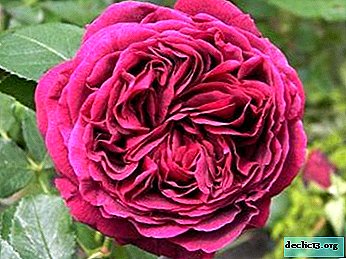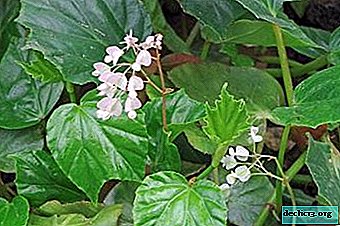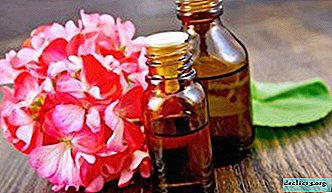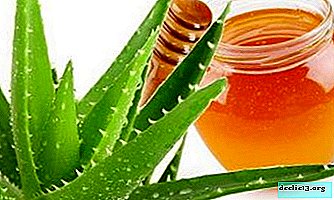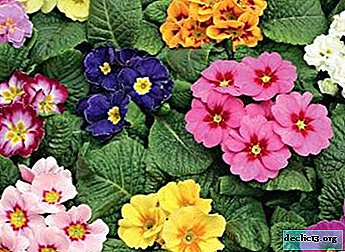What type of scutellaria - scarlet, alpine or other - is suitable as a houseplant?
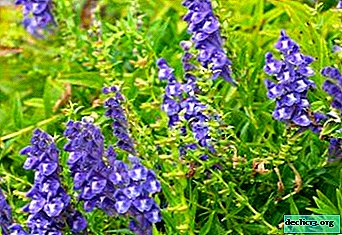
Scutellaria (Scutellaria) is a large plant of the family Lamiaceae or Labiatae, found almost all over the world (with the exception of Antarctica).
Most of the species belongs to the category of dyeing plants. Many species have decorative qualities, but only a small part of them is used as a houseplant in practice. Some types of plants have medicinal properties.
Genus "Shlemnik" as a whole includes more than 460 species. Most of the plants are grass, and only a few are shrubs.
Ordinary

Shlemnik - perennial grass, which has a large number of other names: capitose scutellaria, cockerel scutellaria, grandmother, St. John's wort, consumable, pickle, mother liquor, heart grass, blue color. It grows in the Mediterranean region, Central and Eastern Europe, the Scandinavian countries, Ciscaucasia, Central Asia, China, Mongolia, Japan, North America, Russia (European part, Western and Eastern Siberia).
Likes to grow in floodplain meadows, near marshes, as well as along the banks of rivers, lakes and ponds.- The plant reaches a height of 10-50 cm, has a tetrahedral stem and a thin rhizome, characterized by creep and branching.
- The leaves are opposite, have an oblong-lanceolate shape and wide dull notches along the edges.
- The flowers of the plant are two-lipped, bluish-purple in color, arranged one at a time in the axils of the leaves.
- The upper lip of the corolla is helmet-shaped, and the lower lip is solid.
- Flowers have four stamens (two lower ones longer than upper ones). The pestle has a bifid stigma and a four-bladed upper ovary.
- The plant ripens the fruit in the form of four nuts.
The flowering time of the plant is June-August. The fruiting time of the plant is July-September. The plant contains flavonoids (apigenin, baikalein, vogonin, scutellarein). Previously, the plant was used in medicine, but now it continues to find its application in traditional medicine.
The use of the plant for medicinal purposes is possible, but it is necessary to take into account a number of contraindications.
Siberian
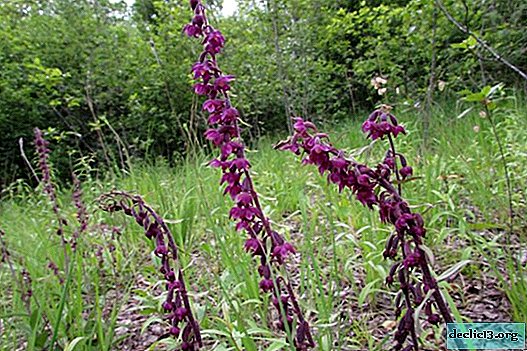
- Perennial, characterized by strong branching. The aboveground part can grow to a height of 1.5 m.
- The stem part is characterized by multiplicity, relative subtlety and branching in the upper part.
- The leaves are simple, petiolate type, have an ovoid or triangular-ovate shape.
- Inflorescences of low-flowering type, relatively loose.
The flowers have a dark red color. The flowering time of the plant is June-August. It grows in Western and Eastern Siberia.
Alpine
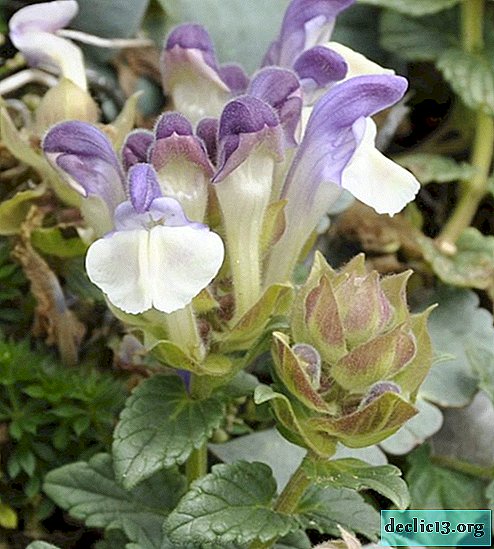
Perennial growing in mountainous places of Southern Europe, the Balkans, as well as in southern Siberia. Differs in stunting (stalk height - 15-20 cm).
- The leaves are heart-shaped and pubescent.
- Flowers - the former, white-purple, light pink. There are varieties with tri-color, contrast and white-turquoise corollas.
Flowering time - from May to July; fruiting - in August. For more than four centuries, Alpine skeleton has been used as a pot plant, and is also grown on alpine hills in combination with other species. The plant prefers alkaline soils.
Scarlet
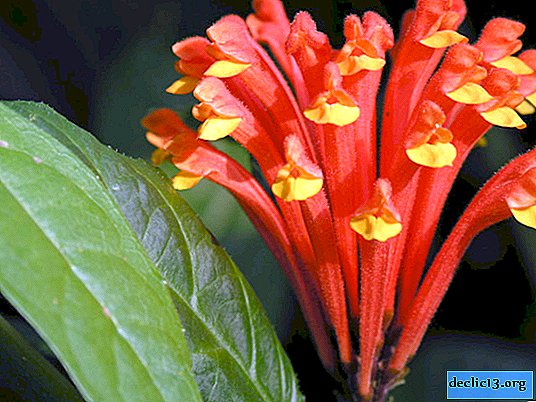
Perennial photophilous shrub, also has the name "Scutellaria Costa Rican". For the first time, this species was discovered on the island of Costa Rica and described by the famous botanist and head of the botanical garden in Hanover (Germany) G. Wendland in the middle of the XIX century. Also in vivo, the plant can be found in Panama and Mexico. The plant is characterized by slightly woody stems, growing in height up to 1m.
In search of light, the stems can creep and resemble a ground cover vine.- Flowers - bright orange-red, scarlet, raspberry in the form of protruding tubular flowers, collected in apical spike-shaped inflorescences-buds (resembling cones, up to 6 cm). The flowers are odorless.
- Whisk It has yellow limbs, which are almost completely closed and folded in the shape of a helmet. It blooms continuously due to the gradual opening of buds (from top to bottom).
- Plant stems - tetrahedral, the arrangement of leaves is opposite.
- Leaflets have a heart-elliptical shape with a comb edge, color - deep green, surface - embossed matte, odorless. When wiped, leaves make a rustling sound (like paper).
This species is also grown in indoor and greenhouse conditions. The length of the plant reaches a height of 20-60 cm. In Russia, this species continues to be quite rare, despite its unpretentiousness and good decorative qualities.
Scarlet Scarlet, when grown in room and greenhouse conditions, needs regular regeneration of the plant by cuttings. It is grown as an annual or biennial.
Squat
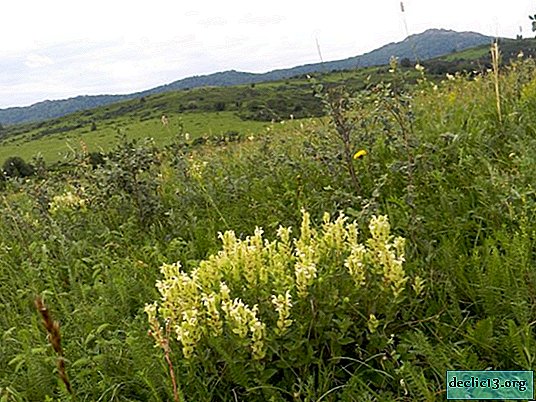
Perennial plant, also called: Scutellaria alba, Scutellaria adjoining. It grows in Russia (southern lands of the European part, Western and Eastern Siberia), Ukraine, Central Asia, Mongolia, China.
- It is a shrub growing in height to 1.5 m.
- Leaflets - oval in shape with serrated edges.
- The flowers are yellow, large (more than 3 cm in diameter), have hairiness.
Prefers to grow on high mountain slopes, valleys, steppe meadows. Flowers appear around June in the upper parts of the stems in the second year of growth.
Large flowered
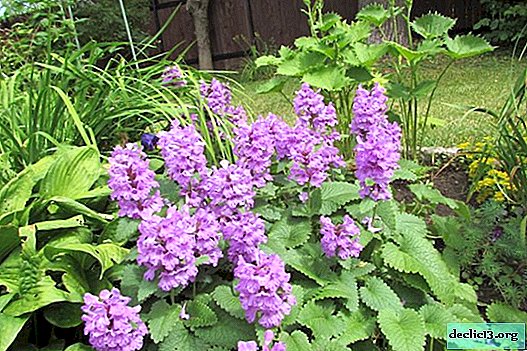
It is a shrub that has a grayish color due to pubescence. It grows in Western and Eastern Siberia, in Altai, in Mongolia. Prefers to grow on stony or gravelly slopes, screes, rocks, pebbles.
The root is thick, woody and winding. The stems are numerous, branched, 10–20 cm high. Near the base, they are woody and pubescent with short curly hairs.The leaves are small, egg-shaped, near the base are truncated or slightly heart-shaped, located on long petioles (up to 12 mm).
The edges of the leaves are crenate-serrated, and the leaves themselves are pubescent on both sides with pressed curly hairs, grayish-green on top.
- Flowers form dense capitate, almost tetrahedral inflorescences up to 4 cm long in the upper parts of the branches.
- Cup - about 2 mm long, richly hairy, has a pressed kidney-shaped shield, the color is purple.
- Whisk has a length of 1.5-2.5 cm, color - pink-purple or purple, in some cases - densely pubescent from the outside.
- Nuts - a triangular-oval shape, black, densely pubescent with white star-shaped hairs.
Flowering time - June-August.
Baikal
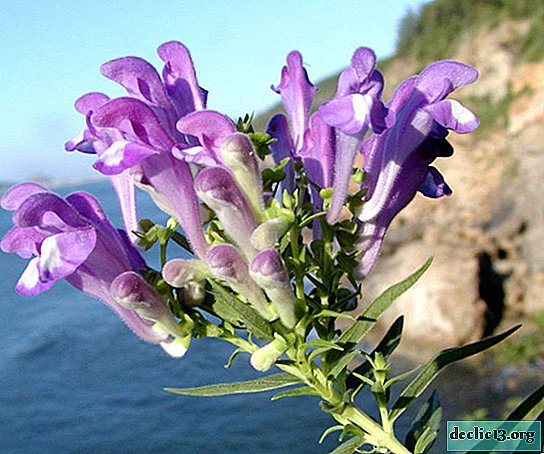
Perennial herbaceous plant, which also has many other names:
- blue hypericum;
- core;
- visor
- mother liquor;
- grandmother;
- scale shield;
- Shark
- hoodcap;
- heart grass;
- pickle;
- consumable.
- The plant reaches 60 cm in height, has a well-branched stem.
- The root is short and thick, brown in color, however, at the break, the young roots are yellow, while the old ones are brown.
- The leaves of the plant are small, have an oblong shape, are hard to the touch.
- The flowers are purple bell-shaped two-lipped, collected on the tops of the stems in cystiform inflorescences. The flowers are very decorative and attractive.
Flowering time - June-July.
You will find a more detailed description of the Baikal scutellaria and the rules for growing a flower in a separate article, and you can find out about the healing properties and contraindications of this type of plant in this material.
Conclusion
So, genus "Shlemnik" has a wide habitat and generally includes more than 460 species. Many of these plants are inherent in decorative and dyeing qualities, but only a few species are used for medicinal and cosmetic purposes.

